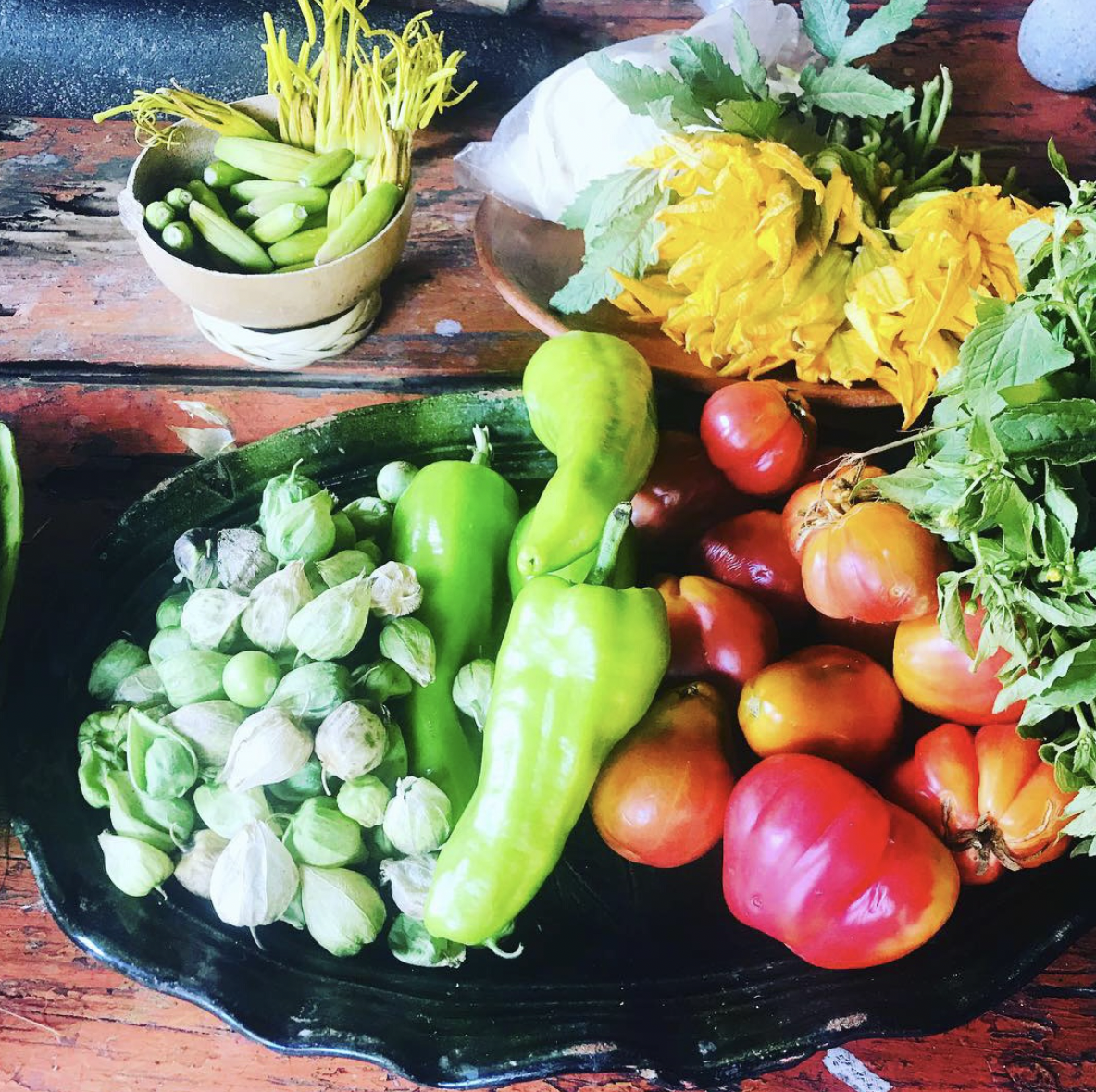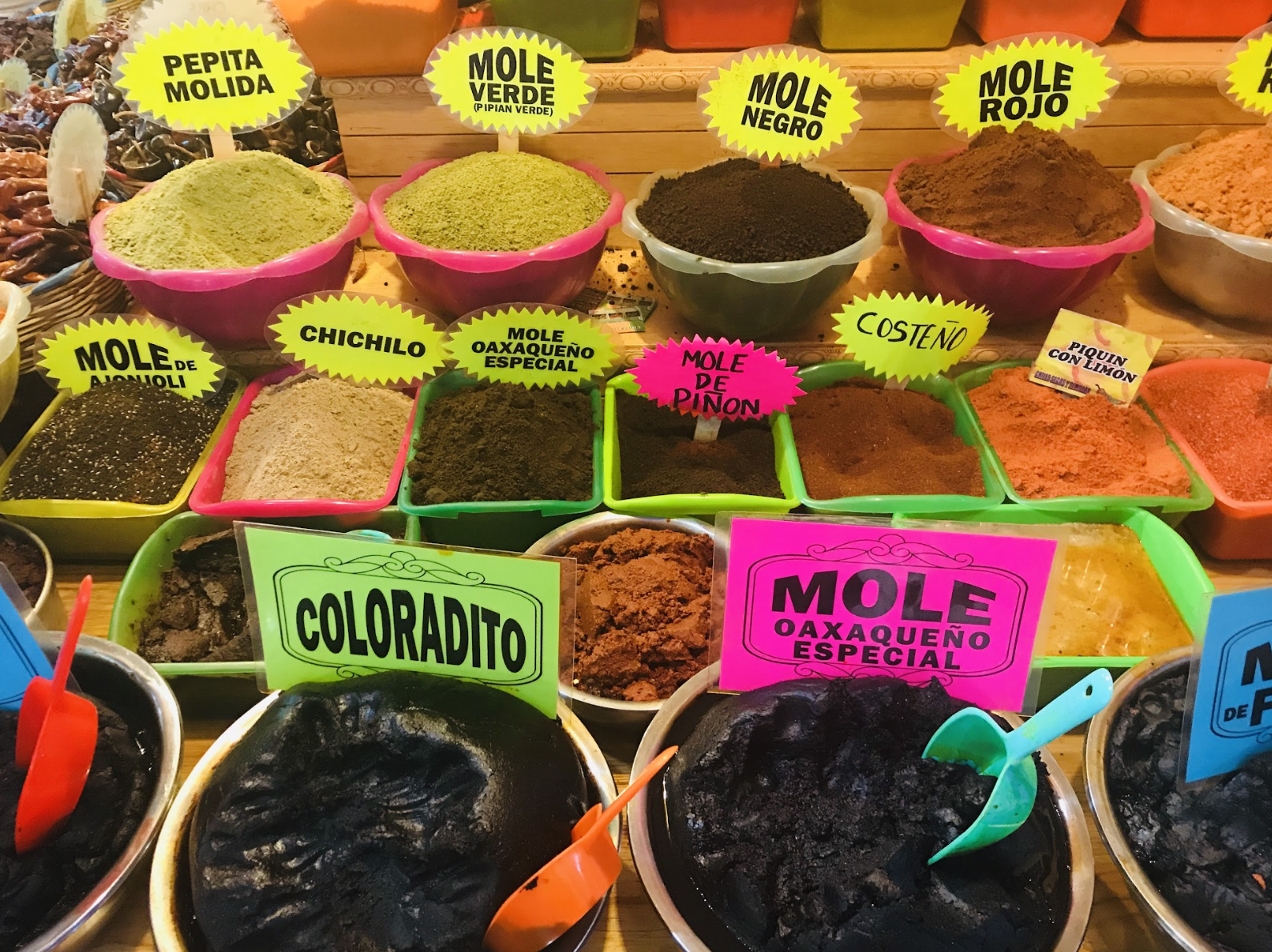The Power of Food as a Cultural Connection
“A white man eating nsima! Yeah! That’s good, that’s good!” the Zambian man shouted at us as he walked down the dusty road.
My husband Tom and I were sitting at a rough-cut table and chairs on the side of the road at a restaurant, the first eating establishment we had seen in weeks. Our fingertips were covered in the sticky cornmeal dish that is the staple of Zambia and surrounding nations. Each country has distinct techniques for the dish and a different name, but you always eat it with your hands. First you form a ball, then make a thumb-indention in the ball, and use that to scoop up meat, beans and stewed pumpkin leaves.
The locals around our route in Africa seemed surprised we ate local fare day after day, but we wouldn’t have it any other way. When you eat what the locals eat, it's a way to say, “I am here with you and I want to be here with you.”

In April 2019, I was two months into my round-the-world cycling trip when my husband flew to Oaxaca, Mexico, to ride with me for a few weeks. We took a cooking class where we got to stir and taste a variety of molés, grinding corn kernels and flattening blue corn tortillas by hand. Cactus was roasted and we melted quesilla — a semi-hard cheese that tastes like salty mozzarella — over beans.
Our teacher's stories involved not only ingredients and her love of cooking, but also her family and friends. The connection between community and food are often inseparable, especially in Latin America. During our days in Oaxaca, we reconnected with each other after two months apart. Over rooftop beers we talked about anything and everything while also sampling chapulines (roasted grasshoppers), mezcal margaritas, and every type of hot pepper we could handle.
I had come from cycling the Baja Divide, a rugged and remote route where I was lucky to find salty tortillas and occasional bit of cheese. This level of immersion through meals was new to me, but I was up for it. Once I arrived on mainland Mexico, if I didn’t know what something on the menu was, I ordered it. I will admit, success was mixed.
One afternoon, after several days of consistently available pineapple, mango, and coconuts, we found ourselves riding over densely vegetated hills with no signs of human life besides narrow asphalt lanes. My blood sugar was getting low, but kept thinking, “the next spot, the next spot.” Suddenly we were both bonking and I kicked myself for this rookie mistake. After months of bike touring, how could I run out of snacks?
After what felt like hours (but was probably 45 minutes) of dizzy pedaling over rolling hills, we turned a corner and a sign read, “¡Tlayudas Aquí!” I had no idea what they were, but I didn't care.

The tlayudas had a large tortilla as a base that the woman charred over an open fire. She spread refried beans on the tortilla, with some kind of fat (it turned out to be asiento, unrefined pork lard), crumbled quesilla, shredded cabbage, avocado, and chorizo for me and tasajo (dried beef) for Tom. With stuffed cheeks, Tom exclaimed, “This is the best thing I have ever eaten!”
The woman running the place seemed somewhat stern (and surprised to see us) at first, but she softened as she saw us stuffing our faces. I was too self-absorbed at that moment to ask her how she made them, or what her life was like on that remote mountainside. She pointed at our bikes and smiled, so we were still able to connect in our own ways.
From there, I kept riding south for more than a year, and I have 1) never again run out of snacks and 2) never hesitated to ask someone how they make a dish.

Tom flew home while I continued into Central and South America. In Colombia I decided that it was my duty to try everything, making it my scientific responsibility to gather data (i.e. sample prolifically from a wide assortment of fare). More fried things? Yes please! I loaded my handlebar bag and snacked while I rode.
Street food was everywhere in Colombia, and I talked to many people in my broken Spanish. Sometimes a simple, “¿Como?” and pointing to the fried item in my hand, maybe half of it in my mouth, opened up a door of hand gestures and enough explanations for me to get the gist. My curiosity opened up more layers of local cuisine information. Not only did people write down their recipes for pastilles, arepas, and buñuelos, but they told me about their lives, their valley, their village, their children, and relatives they had loved and lost.
As I continued south through the Americas I got to sample more dishes than I could possibly list here. My palate changed to crave more of the local fare, morphing with each region. And my ideas of what constitutes ‘breakfast’ or a ‘main dish’ went out the window. Caldo de Gallina, a chicken broth with noodles, served frequently in Peru, is still one of my favorite breakfasts. Just thinking about the seafood empanadas of southern Chile makes my mouth water.

After a pandemic pause, I finished cycling to the tip of South America in early 2023. I then continued to South Africa, joined by Tom and planning to head north through the continent. Women in Botswana opened up when we asked them how they prepared their goat meat, cooked in large Dutch ovens on the side of the road. They called it “seswaa,” indicating that the meat is torn. It was flavorful and salty, paired with pap (the cornmeal staple dish) and steamed rape leaves. We went back the next day for more and they treated us like old friends.
In Zimbabwe we ate thick, caterpillar-like mopane worms, charred and rubbery. The woman serving them said, “They’re good, right?!” with so much enthusiasm we couldn’t say otherwise. She told us how they are harvested from the mopane trees, and smiled at us when we went back for seconds of rice, though we declined more worms.
We eat a lot on bike tours, but it’s not only about the food. Ask someone about a recipe, and you are asking them about their lives. In a way, you are asking them how they got to where they are now. Food is not simply our fuel, just like bicycles are not only our mode of transport. Both are a way to appreciate and truly get to know the place we are working so hard to travel through in the first place.

No matter where you travel, between the layers of tlayudas, tortillas, croissants, or lasagna, lies a connection. We don't travel by bike to see things from a safe bubble, a gondola, or a popemobile. Histories, traditions and familial ties can be found in the gluten binding pasta or the creamy, silky rivulets in potato soup. Bike touring is a way to immerse ourselves between these layers and soak up all the sauce.
In March of 2023, when Tom was hesitant to leave his community of friends and life behind to join me on this round-the-word cycling odyssey, I reassured him, “Think of all the food you will get to try! All the recipes you will gather. And as far as friends go, don’t worry. All the strangers are just future friends, waiting to share their stories with you.”


Comments
Always enjoy your stories and Magazine. Old guy here, what yhe best and easiest way to summit a touring story.
Thanks for all you do for cyclists.
Joe
Hi Joe,
You can use this link to submit a story to the blog: https://www.adventurecycling.org/about-us/media/adventure-cycling-guest-blog-post-submissions/
If you would prefer to submit to the magazine, you can use this link: https://www.adventurecycling.org/adventure-cyclist/adventure-cyclist-submissions/
Forgot Password?
Enter your email address and we'll send you an email that will allow you to reset it. If you no longer have access to the email address call our memberships department at (800) 755-2453 or email us at memberships@adventurecycling.org.
Not Registered? Create Account Now.